Lithium Lanthanum Zirconate Sputtering Target Description
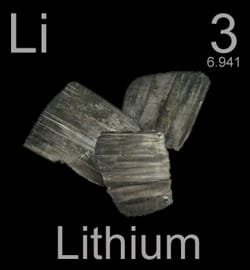 Lithium lanthanum zirconate sputtering target is a silver material containing lithium (Li), lanthanum (La), zirconium (Zr), and oxygen (O). It is a conductive ceramic solid electrolyte used in lithium-ion batteries.
Lithium lanthanum zirconate sputtering target is a silver material containing lithium (Li), lanthanum (La), zirconium (Zr), and oxygen (O). It is a conductive ceramic solid electrolyte used in lithium-ion batteries.
Lithium is a chemical element named from the Greek word ‘lithos,’ meaning stone. First identified in 1817 by A. Arfwedson and later isolated by W. T. Brande, it has the chemical symbol “Li.” Its atomic number is 3, and it is located in Period 2, Group 1 of the periodic table, belonging to the s-block. The relative atomic mass of lithium is 6.941(2) Dalton, with the number in brackets indicating the uncertainty.
Related: Lithium Sputtering Target
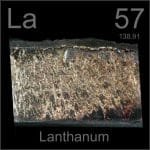 Lanthanum, symbol La and atomic number 57, is a soft, malleable, silvery-white metal. As one of the most reactive rare earth elements, lanthanum is used in special optical glasses and to enhance steel’s malleability. Additionally, it plays a role in wastewater treatment and oil refining. Due to its use in photoconversion films, lanthanum has been nicknamed “super calcium.”
Lanthanum, symbol La and atomic number 57, is a soft, malleable, silvery-white metal. As one of the most reactive rare earth elements, lanthanum is used in special optical glasses and to enhance steel’s malleability. Additionally, it plays a role in wastewater treatment and oil refining. Due to its use in photoconversion films, lanthanum has been nicknamed “super calcium.”
Related: Lanthanum Sputtering Target
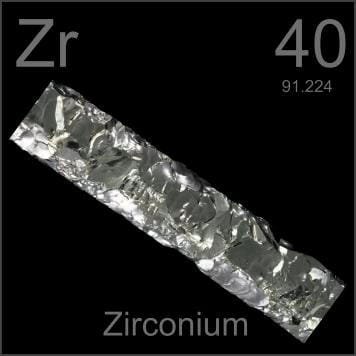 Zirconium is a lustrous, grey-white transition metal known for its strength and resemblance to hafnium and, to a lesser extent, titanium. It is primarily used as a refractory and opacifier, with smaller amounts employed as an alloying agent due to its strong corrosion resistance. Zirconium forms various inorganic and organometallic compounds, such as zirconium dioxide and zirconocene dichloride. It has five natural isotopes, three of which are stable. Zirconium compounds do not have any known biological role.
Zirconium is a lustrous, grey-white transition metal known for its strength and resemblance to hafnium and, to a lesser extent, titanium. It is primarily used as a refractory and opacifier, with smaller amounts employed as an alloying agent due to its strong corrosion resistance. Zirconium forms various inorganic and organometallic compounds, such as zirconium dioxide and zirconocene dichloride. It has five natural isotopes, three of which are stable. Zirconium compounds do not have any known biological role.
Related: Zirconium Sputtering Target
Lithium Lanthanum Zirconate Sputtering Target Specification
| Material Type | Lithium Lanthanum Zirconate |
| Symbol | LLZO |
| Color/Appearance | Silver Solid |
| Available Sizes | Dia.: 2.0″, 3.0″, 4.0″, 5.0″, 6.0″ Thick: 0.125″, 0.250″ |
Lithium Lanthanum Zirconate Sputtering Target Packing
Our lithium lanthanum zirconate sputtering targets are clearly tagged and labeled externally to ensure efficient identification and quality control. We take great care to prevent any damage during storage or transportation.
Get Contact
TFM offers lithium lanthanum zirconate Sputtering Targets in various forms, purities, sizes, and prices. We specialize in high-purity thin film deposition materials with optimal density and minimal grain sizes, which are ideal for semiconductor, CVD, and PVD applications in display and optics. Contact Us for current pricing on sputtering targets and other deposition materials that are not listed.


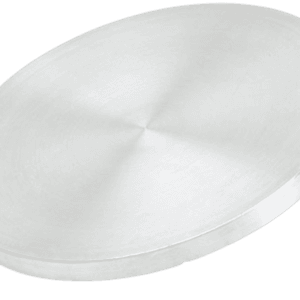
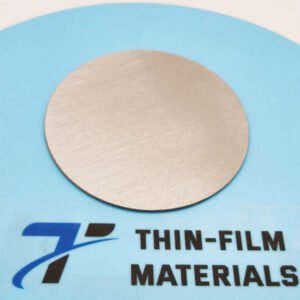
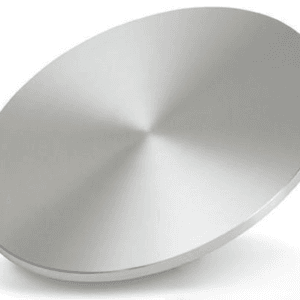
Reviews
There are no reviews yet.